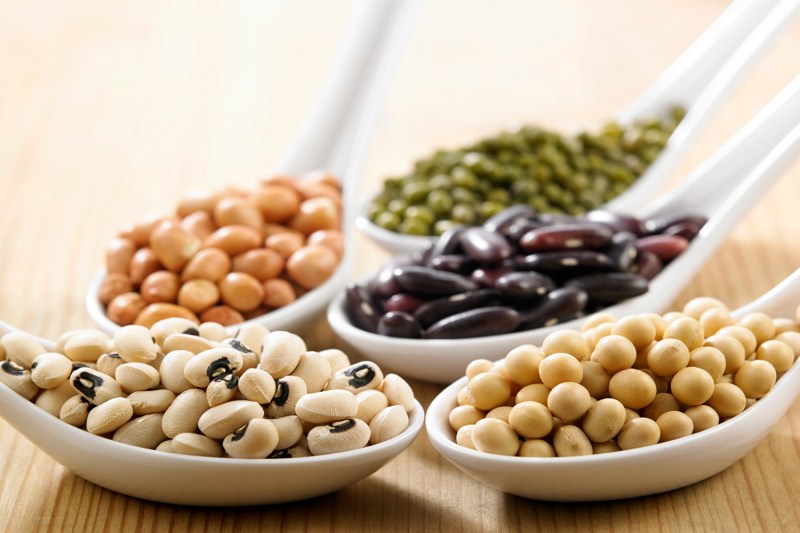
You don’t have to be vegan or vegetarian to enjoy the health benefits of beans and legumes. They are an excellent source of plant-based protein, fiber, vitamins, minerals, and complex carbohydrates. Beans and legumes are also inexpensive and often readily accessible in either dried or canned forms, making them an easy add-in for a variety of dishes, from soups and stews to dips and some of the best salads.
Beans and legumes are a staple ingredient in cultural dishes around the world. From black beans in Latin American dishes to soybeans in Japan or fresh fava beans along the Mediterranean coast, you can find a type of legume and favorite preparation in nearly every continent. However, many people routinely turn to the same few familiar legumes, without venturing into the rich diversity in flavors, textures, and nutritional benefits of the full rainbow of types. By familiarizing yourself with the rich diversity of the legume family, you can elevate the flavor profile and nutritional content of your favorite dishes or venture into new territories and expand your palate with new dishes. Below, we share 14 of the healthiest beans and legumes and how to best embrace them in your diet.
Lentils
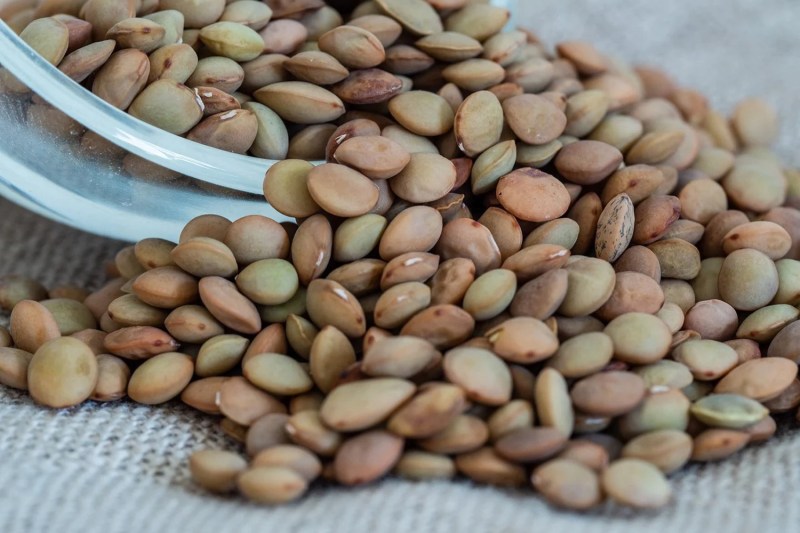
Lentils are a versatile legume popular around the world, particularly in India and certain European countries. Indian dals are complexly-flavored lentil soups and stews, and they can be made with green, red, yellow, or brown lentils. Lentils also serve as a good ground meat substitute for vegans or vegetarians. For example, you can make vegan lentil meatloaf or vegan Bolognese. One cup of cooked lentils has 28 grams of protein and 90% of the RDI of folate.
Adzuki Beans
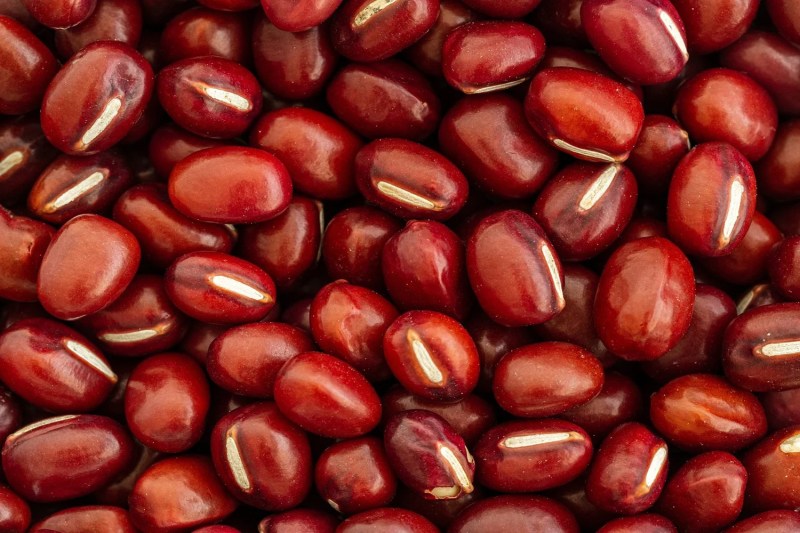
Adzuki beans are small, dark beans used primarily in East Asian dishes. They have a nutty, slightly sweet flavor, and can be made into a flavorful bean paste or dip, cooked and added to salads or a stir fryk, or thrown into stews and used to elevate pasta sauces. They are a fantastic source of protein, fiber, potassium, and iron, with each cup of cooked adzuki beans providing 17 grams of both protein and fiber, 35% of the RDI of potassium, and 25% of the RDI of iron.
Black Beans
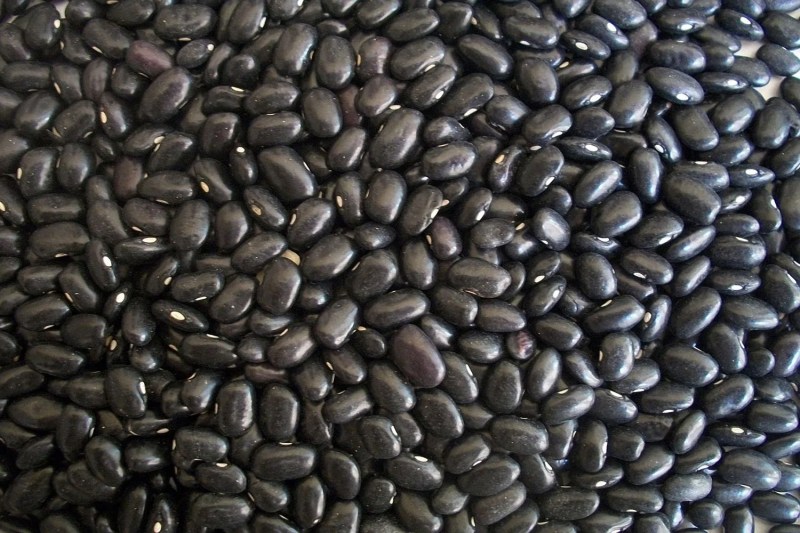
Black beans are popular in Central and South America, and provide a great source of protein, fiber, B vitamins, and minerals like manganese, magnesium, and iron. For example, one cup of cooked black beans contains about 15 grams of both fiber and protein, 64% of the RDI of folate, 28% of the RDI of thiamine, 38% of the RDI of manganese, 30% of the RDI of magnesium, and 20% of the RDI of iron.
Kidney Beans
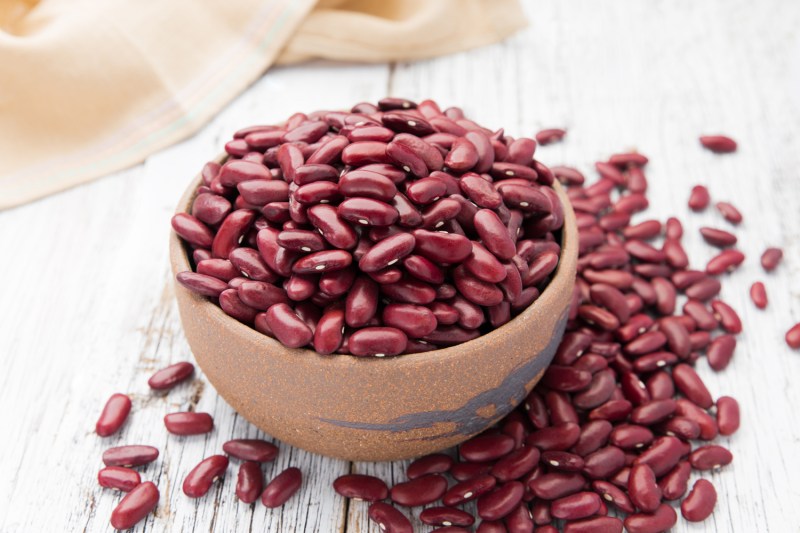
Kidney beans may be dark red or light red, large or small. They are one of the most commonly consumed beans in the United States due to their prevalence in Mexican and Latin cuisines. Often served with rice, kidney beans have a relatively mild flavor and creamy texture. One cup of cooked kidney beans contains 13 grams of protein and 14 grams of fiber.
Cannellini Beans
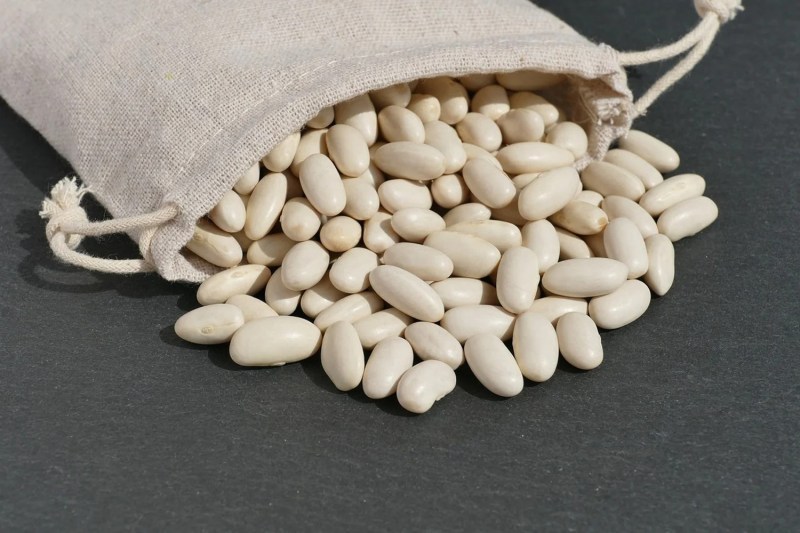
These small off-white beans are delightfully creamy and smooth. They are easily incorporated into potato dishes, pastas, or stews, or enjoyed alone or stewed with wilted greens. They pair well with seafood, sausage, and several vegetables. Each cup provides 12 grams of protein and 50% of the RDI of fiber.
Garbanzo Beans
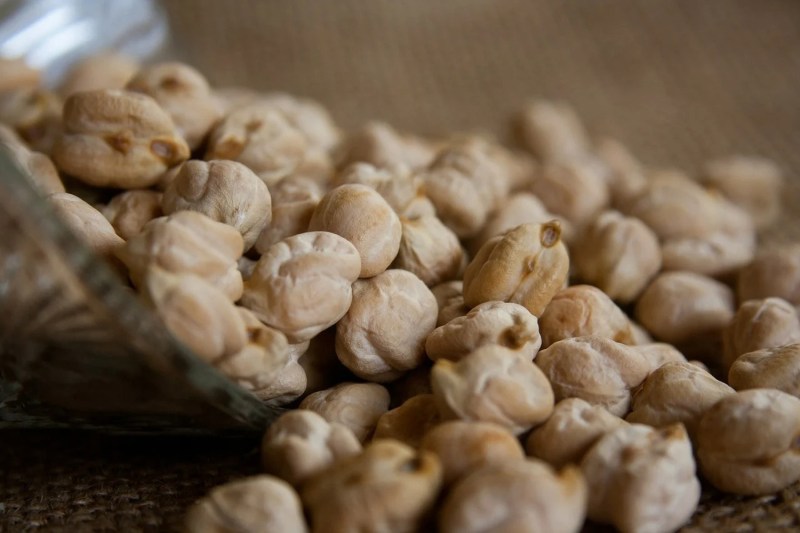
Garbanzo beans are known more familiarly as chickpeas. They are used extensively in Middle Eastern and Mediterranean cuisines and form the backbone of regional staples like hummus and falafel recipes. Studies have shown that the consumption of garbanzo beans can reduce blood sugar levels and improve insulin sensitivity. Garbanzo beans are rich in folate, copper, iron, and manganese.
Soybeans
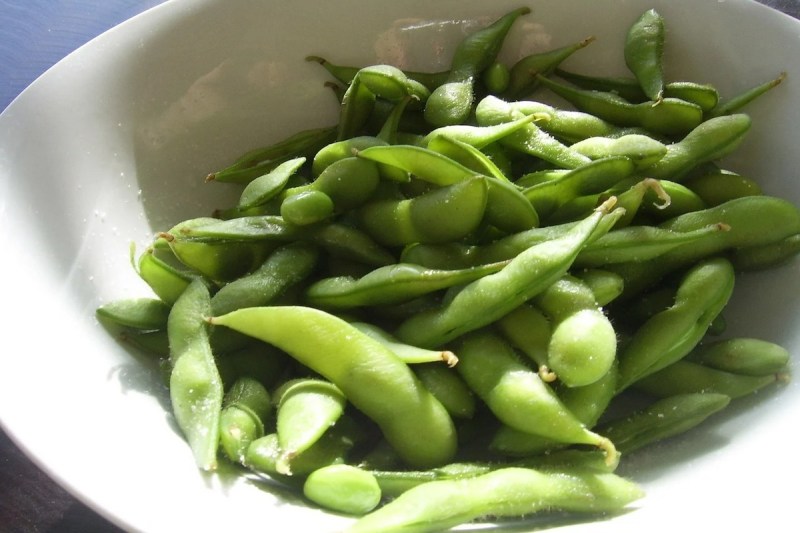
Whether consumed as whole soybeans or processed into forms like tofu, tempeh, or soy milk, soybeans are a protein powerhouse common in traditional Asian diets. One cup of cooked soybeans packs an impressive 28 grams of protein and 70% of the RDI for manganese. They are also rich in fiber, iron, phosphorus, vitamin K, and folate.
Pinto Beans
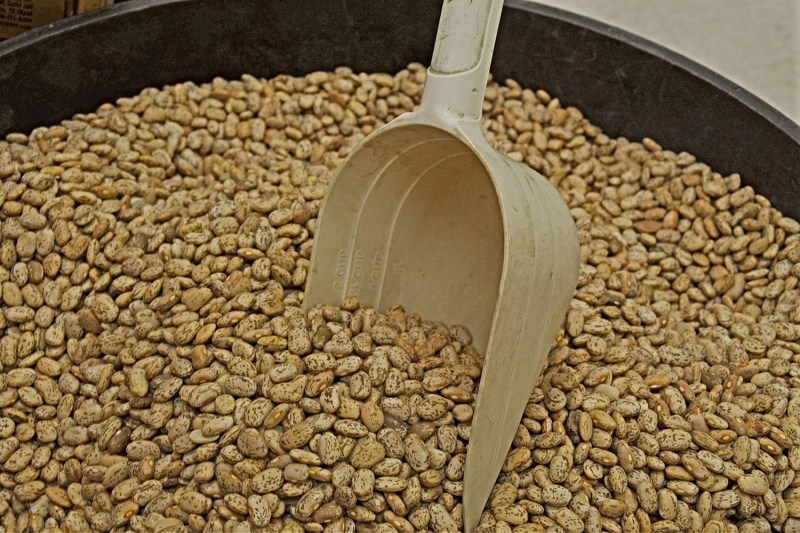
Pinto beans are often enjoyed mashed, puréed, and/or fried, particularly in Mexican cuisine. They have a relatively mild flavor and a pleasant aroma. They have also been shown to help lower cholesterol and are particularly high in B vitamins like folate, as well as minerals like copper and manganese.
Navy Beans
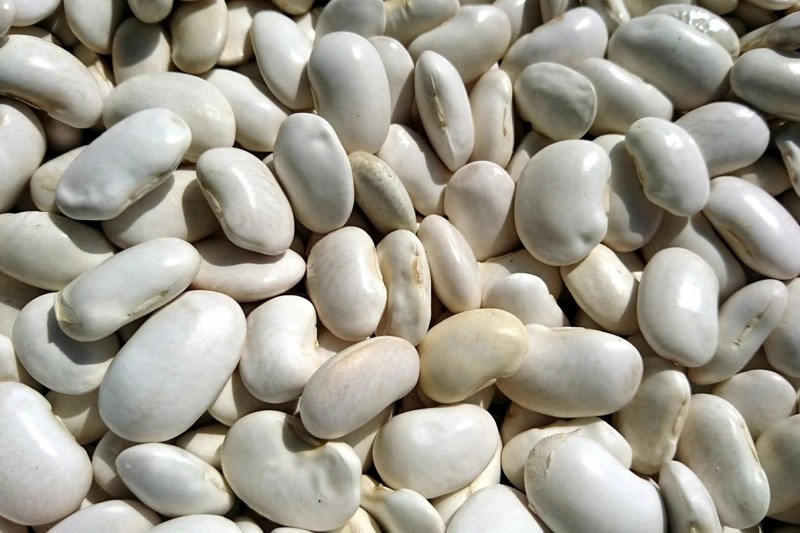
Navy beans may seem like a bit of a misnomer for these small white beans, but what they may get wrong in name is easily forgotten by their culinary versatility and nutritional benefits. Navy beans are extremely mild in flavor, so they can be easily incorporated—whole or puréed—into stews, sauces, dips, and even cookie doughs. Try substituting some puréed navy beans in place of dairy in cream sauces. Navy beans are an excellent source of fiber, providing over 19 grams per cup of cooked beans.
Peanuts
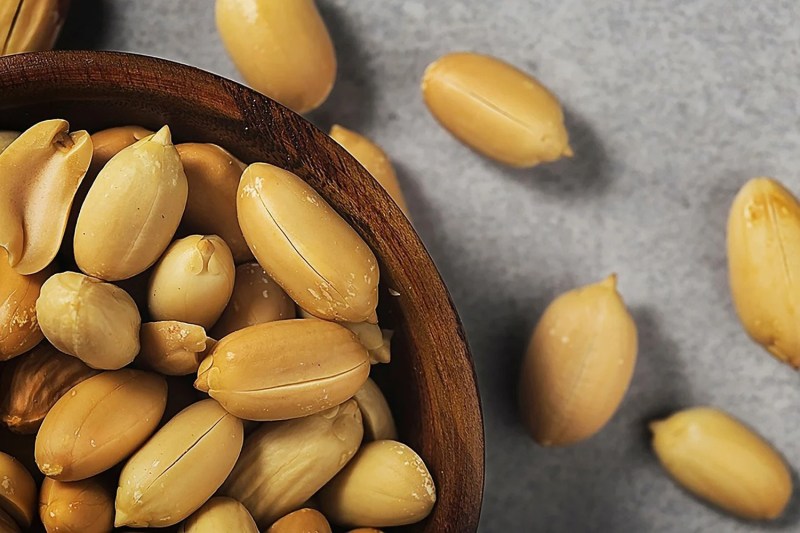
Though often thought of as nuts, peanuts are actually legumes. However, unlike most beans and legumes, which are low in fat, peanuts are a good source of monounsaturated fats and polyunsaturated fats. Like other legumes, peanuts are packed with protein and B vitamins, containing 17 grams of protein per half-cup, 50% of the RDI of niacin, 27% of the RDI of folate, and 25% of the RDI of vitamin E, a powerful antioxidant. That said, the caloric content is high, with one-half cup providing about 425 calories.
Fava Beans

Fava beans, also called broad beans, have a slightly sweet and earthy flavor, somewhat akin to a hybrid of a green pea and a lima bean. They have a more toothsome texture and can be enjoyed cooked or fresh out of the shell. They are slightly lighter in protein and fiber, but still contain plenty of essential vitamins and minerals.
Black-Eyed Peas
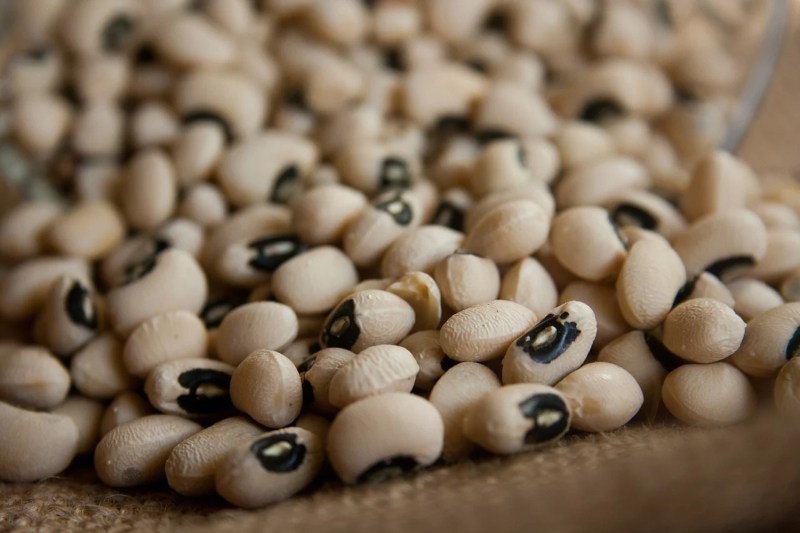
Each cup of these Southern favorite legumes contains over 14 grams of protein. They have a firmer texture and take well to stews or savory dishes when simmered on the stovetop with aromatics like onions and peppers. In traditional Southern cuisine, they are often prepared with bacon or chicken stock.
Split Peas
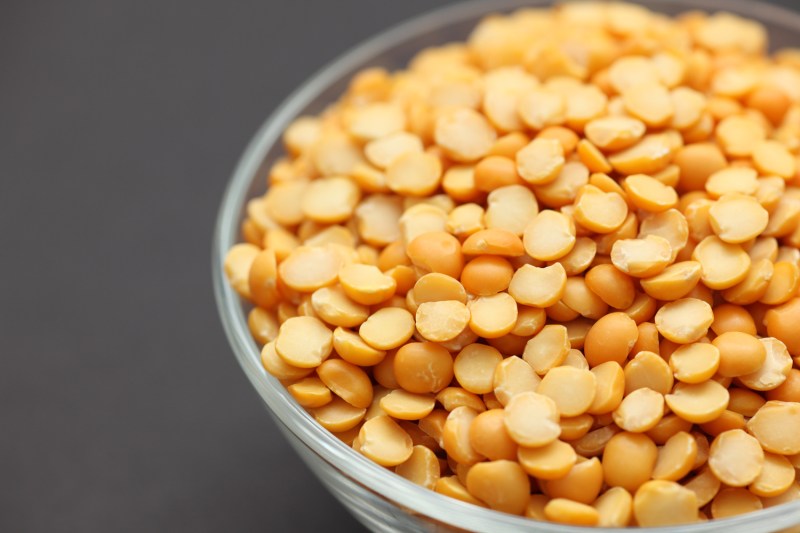
Split pea soup is the clear leader when it comes to how most people enjoy this healthy legume. Whether made traditionally with ham or enjoyed as a vegan version, split pea soup is a hearty, protein-packed meal for chilly weather. If you are opting for a vegan version, try adding sweet potatoes or carrots or even lardons of tempeh for added flavor. Each cup provides over 16 grams of protein and 60% of the RDI of fiber.
Cranberry Beans
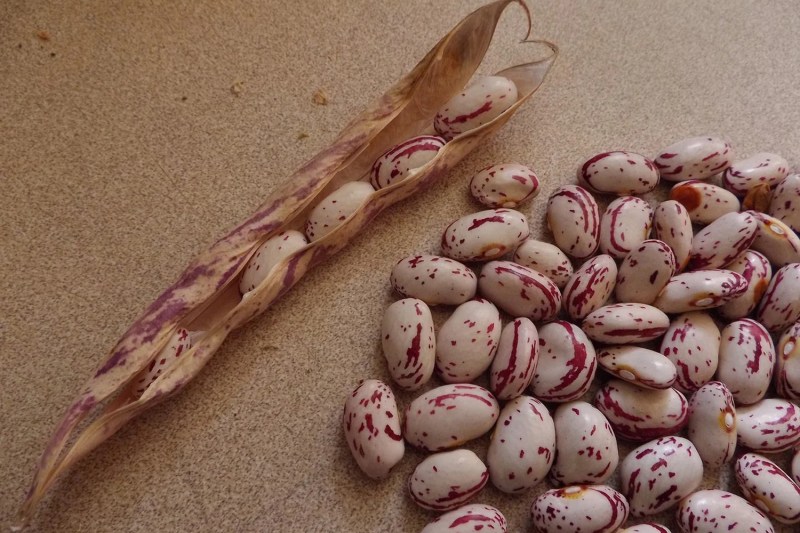
Cranberry beans are beautiful, speckled beans that are seemingly underutilized. They have a delicious creamy texture and a bit of a chestnut-like flavor. They can be added to salads, pasta dishes, or soups. One cup contains 14 grams of protein, and they are also rich in calcium.
Editors' Recommendations
- The Best Weight Loss Meal Delivery Kits for Diets and Beyond in 2023
- The 5 Best Tasty Recipes That Use Protein Powder
- The 10 Best Chamomile Teas for Completing Your Morning or Bedtime Routine
- What are the Best Keto Meal Kits for a Low-Carb Lifestyle?
- 4 Healthy Vegan Fall and Winter Root Veggie Recipes to Tickle Your Palate




